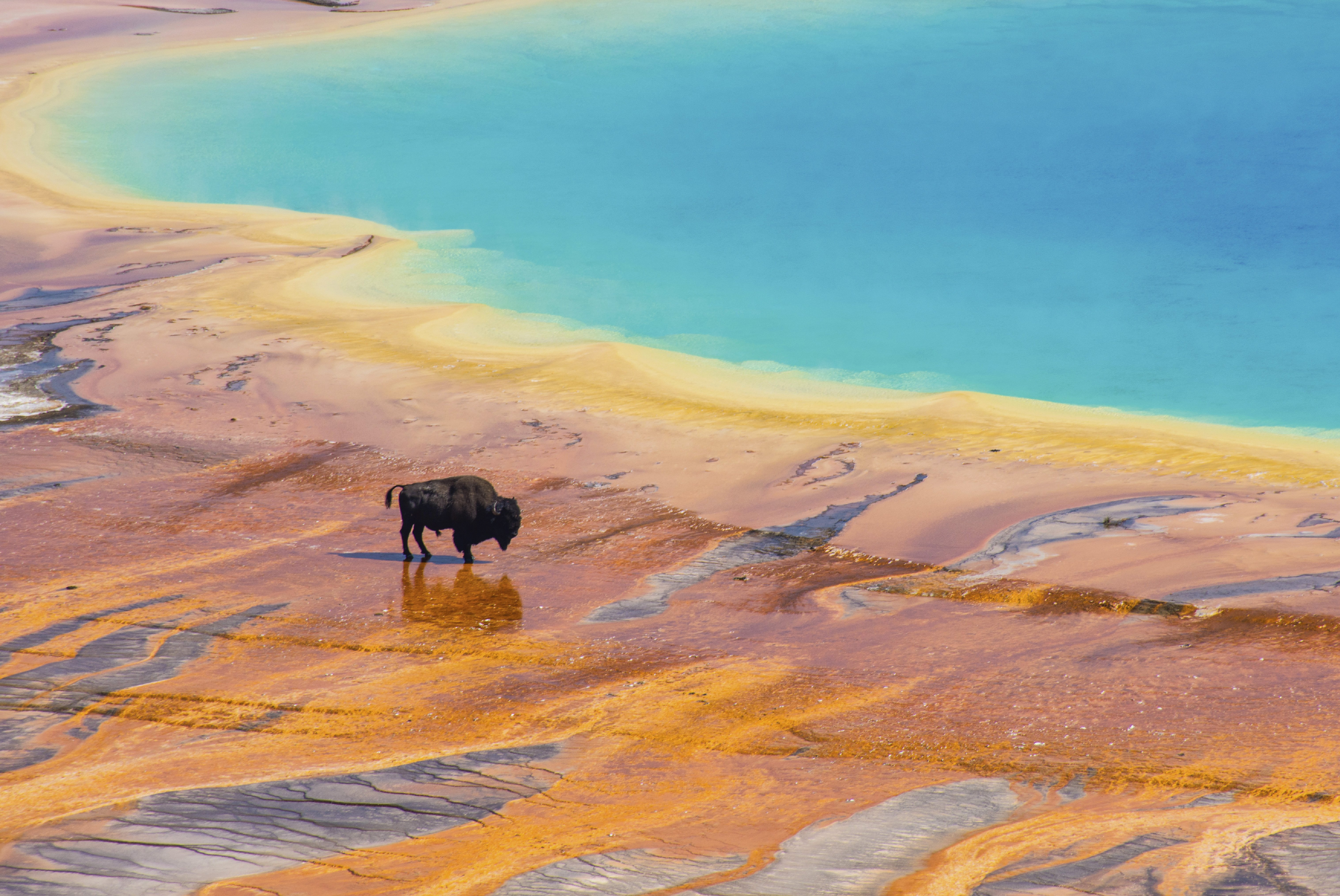Everything You Need to Know About Visiting Yellowstone
Yellowstone, the world's first national park, holds over 2 million acres of dynamic landscapes, magnificent wildlife, and an impressive collection of hydrothermal features; in fact, over half of the world's geysers are located in Yellowstone. Because it's a vast amount of land to cover, it's essential to plan your time carefully. Each area is gorgeous in its own right, and each offers different opportunities. Here's everything you need to know about visiting Yellowstone National Park this year.
Three of the five park entrances are in Montana, the other two in Wyoming. Depending on how much time you have and what kinds of activities you're interested in, the options are plentiful. While you can see plenty by merely taking a scenic drive, the real magic happens when you step off the beaten path for a leisurely hike, or if you're an angler, casting for fat trout. During the winter months, guided snowmobile, snow coach, or Nordic ski tours are all an incredible way to see the park dressed up in its winter whites.
Details to know
The park opens for the summer season, April 16, 2021. (The road between the North Entrance at Gardiner and the Northeast Entrance in Cooke City remains open year-round.) Once the snow melts, spring biking starts, which, if you're a biker, is a fantastic way to see the park. Aside from service trucks and an occasional bison, you'll have the roads all to yourself — it's quite an experience.
Keep in mind — there are a couple of construction projects happening in 2021. The North Entrance at Gardiner is in the midst of a two-year project; the entrance station will remain open, but expect changes in traffic patterns. The road from Tower-Roosevelt to Chittenden Road will be closed all of 2021, including hiking trails to Mt. Washburn.
Choose your park entrance
West Entrance, West Yellowstone, Montana
Closest Airport: West Yellowstone Airport, 2.5 miles
Main Attraction: Hydrothermal Features
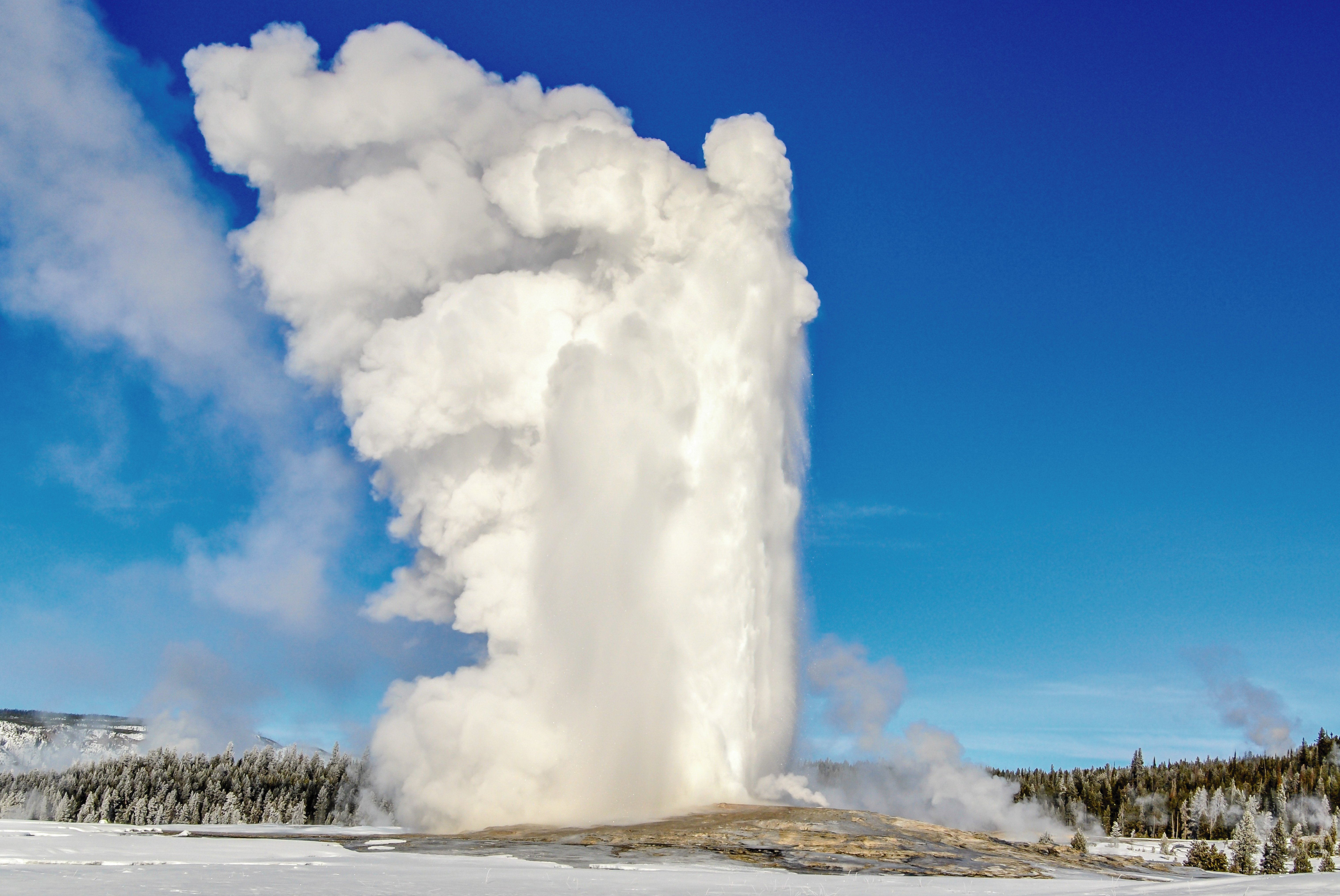
West Yellowstone's west entrance takes you to the majority of the geysers, hot springs, and mud pots. Boardwalks wind around most of them, including the iconic Grand Prismatic Spring, with its blue, green, yellow, and orange colors so bright they seem unreal. You'll find Old Faithful in this neck of the woods, one of the park's 500 geysers, and one of six they can accurately predict. Learn more about the area at the interactive Old Faithful Visitor Education Center or dine at the Old Faithful Inn. (For a real treat, plan to stay overnight at this National Historic Landmark.) During the winter, you'll find an ice-skating rink, and mid-summer (and in non-COVID times), you can swim at the Firehole Swim area.
North Entrance, Gardiner, Montana
Closest Airport: Bozeman Yellowstone International Airport, 83.7 miles
Main Attractions: Mammoth Hot Springs, Grand Canyon of the Yellowstone
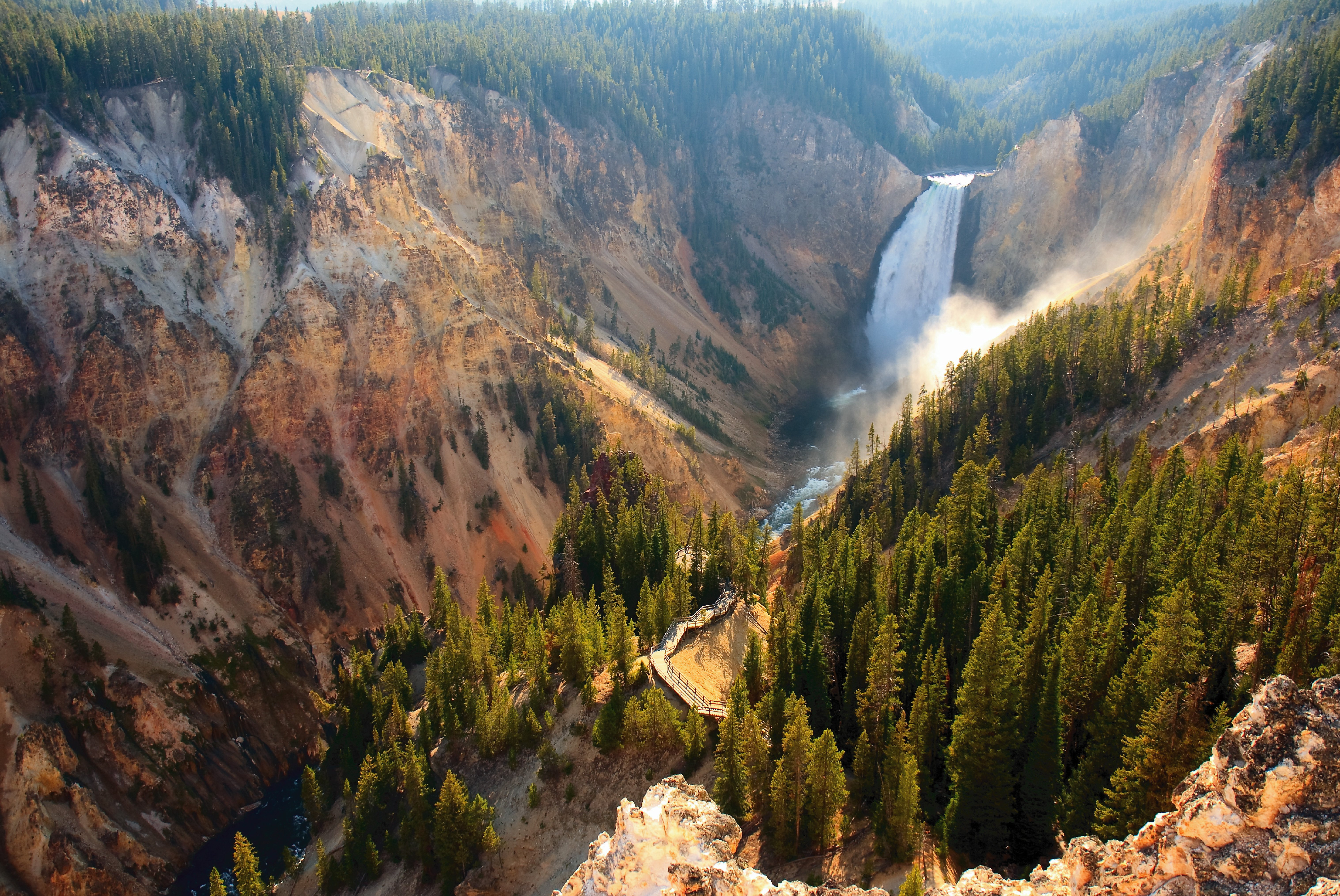
The most notable thing upon entering the park from the North Entrance is the elk, who leisurely reside on Mammoth Hot Springs' lawns, seemingly uncaring about the travelers who are always surrounding them. During the fall, when the rut is on (that's mating season in layman's terms), keep your eye out for strong bulls sparring over the cows. Mammoth Hot Springs Terraces are one of the park's unique features. These terraces are formed by hot springs that rise through the limestone, dissolve the calcium carbonate, and deposit calcite, which gives the terraces their signature white and gold colors.
This entrance also takes you to the Grand Canyon of the Yellowstone, but you'll want to take the Norris route, not Tower-Roosevelt, due to road closures. The canyon is roughly twenty miles long, from the Upper Falls to the Tower Fall area. The amount of water is impressive, particularly in the spring when the runoff occurs; at its peak, it can pour off at 63,500 gallons per second!
Northeast Entrance, Cooke City, Montana
Closest Airport: Bozeman Yellowstone International Airport, 134.5 miles
Main Attraction: Wildlife Watching in the Lamar Valley
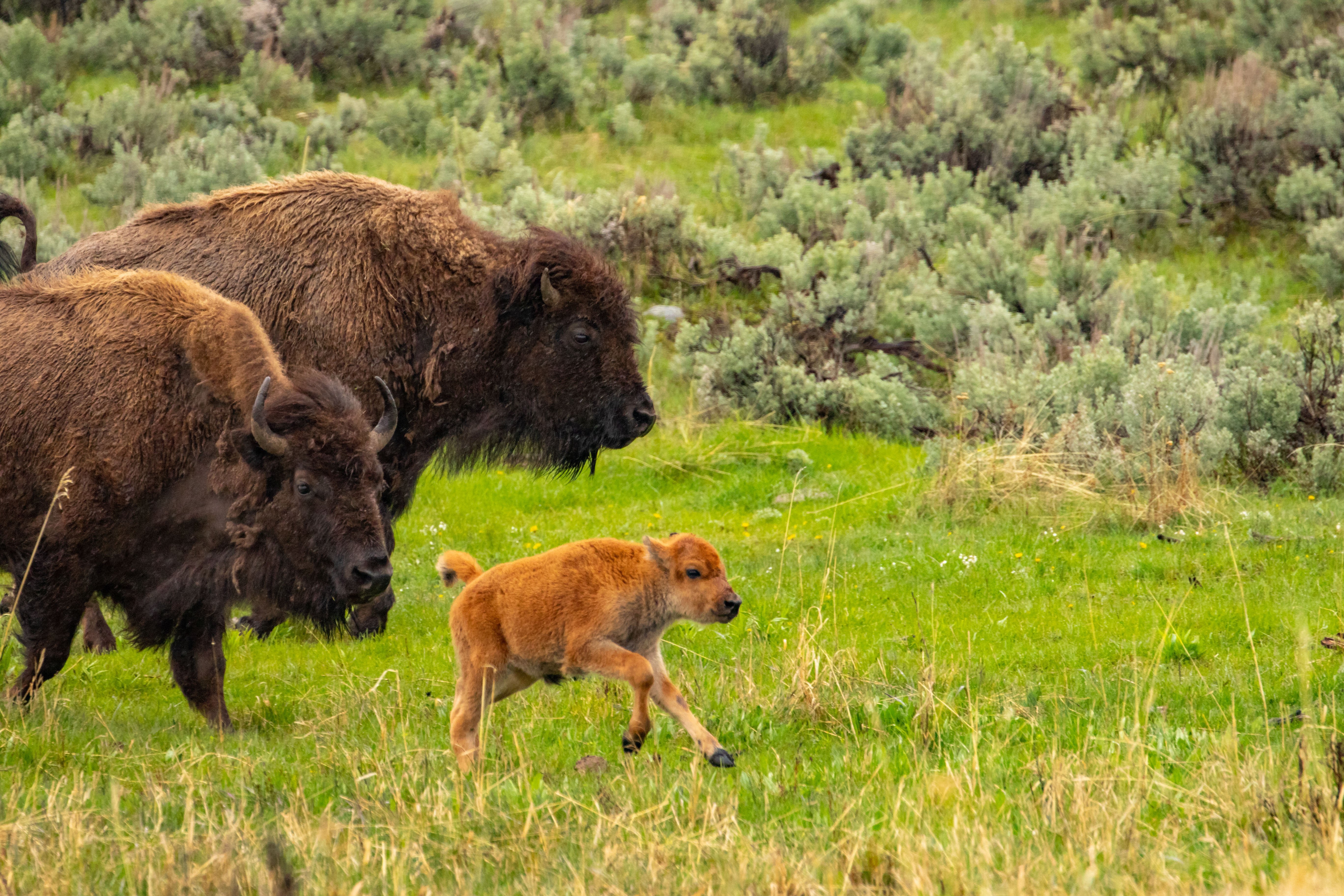
For serious wildlife watchers, this is one of the most exciting areas of the park. As of January 2020, twenty-five years after the release of wolves back into the park, there are an estimated 94 wolves in Yellowstone forming eight packs. While there is no guarantee you will see these elusive creatures, your best bet is to get up early or be ready to stay until sunset, when they are most active. Often, you'll spot them eating a bison or elk carcass. This area is also home to grizzly bears, black bears, elk, bison, and deer.
Anglers in particular love this area, fishing the Lamar River, Slough Creek, and Pebble Creek, all of which are a little off the beaten path. Hikers will also find plenty of moderate to advanced trails, perfect for day hiking.
East Entrance, Cody, Wyoming
Closest Airport: Yellowstone Regional Airport, 52 miles
Main Attraction: Yellowstone Lake
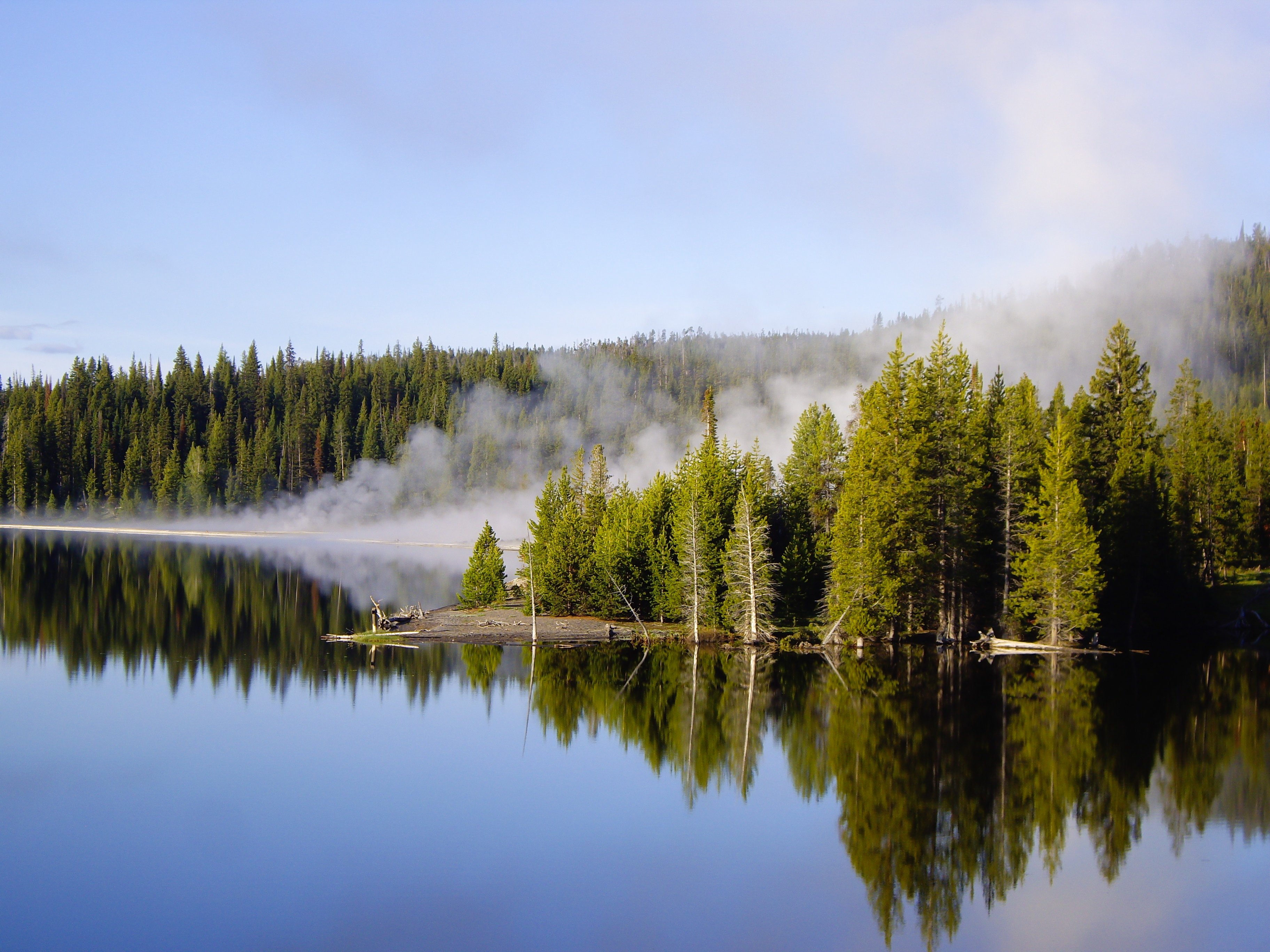
The East Entrance has the most direct path to Yellowstone Lake, just 7.4 miles from the entrance. Yellowstone Lake is the largest high elevation lake in North America, sitting at 7,733' above sea level with 136 miles of surface area and 110 miles of shoreline. The average temperature stays around 41 degrees, so this isn't a swimming lake! Ironically, if you removed the lake's water, what you would find is similar to what is on the land in Yellowstone, geysers, hot springs, and deep canyons. The deepest spot has been recorded at 390 ft, and the hottest site, located at Mary Bay, can reach 252 degrees! This lake is also home to the largest population of wild cutthroat trout in North America. It puzzled scientists for years how a Pacific Ocean fish could end up in this high mountain lake. They now believe that the lake used to train to the Pacific Ocean through Outlet Canyon and the Snake River, and the fish swam across the Continental Divide at Two Ocean Pass.
Lake Hotel, on the northern shore of Yellowstone Lake, is a stunning piece of history. Listed on the National Register of Historic Places and recently renovated, a stay here is like stepping back in time. At the very least, enjoy a cocktail next to one of the lovely picture windows looking out over the lake!
South Entrance, Jackson, Wyoming
Closest Airport: Jackson Hole Airport, 53 miles
Main Attraction: Visiting two National Parks in a Day
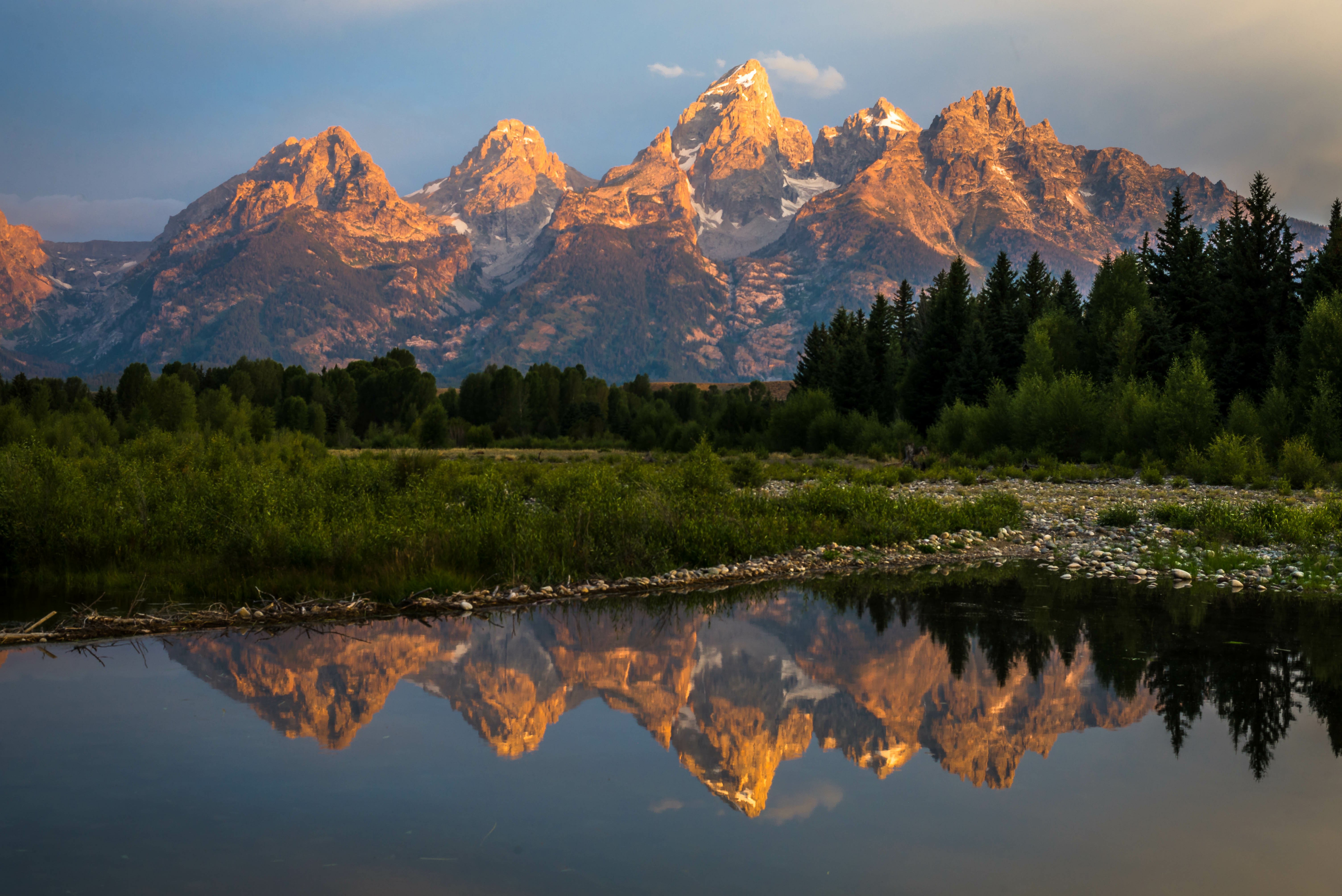
The south entrance to Yellowstone is unique in that just 31 miles away, Teton National Park begins. For those who want to see both, this is the entrance. You can start in Jackson and head to the park, or if you come in from another entrance in Montana or Wyoming, end your trip through the Yellowstone with a tour of the Tetons.
For more Yellowstone trip planning ideas, check out 7 Life Changing Things to do in Yellowstone National Park or Plan the Perfect Day Trip from Bozeman to Yellowstone National Park.
If you enjoyed this blog, take a look at some of our other related articles:
In our never-ending quest to keep up with all things new in Bozeman, we have been producing content for years and can't possibly update every blog when new businesses open or existing businesses close. Please reference the publish date and do your own due diligence when making plans.
